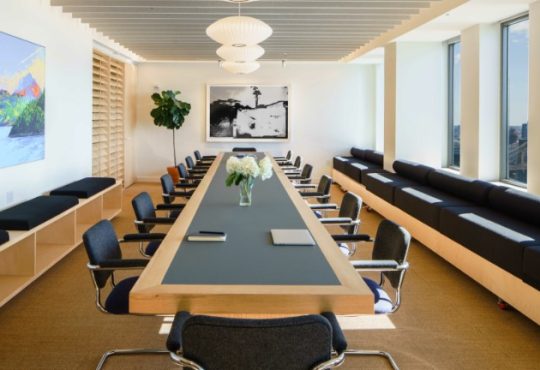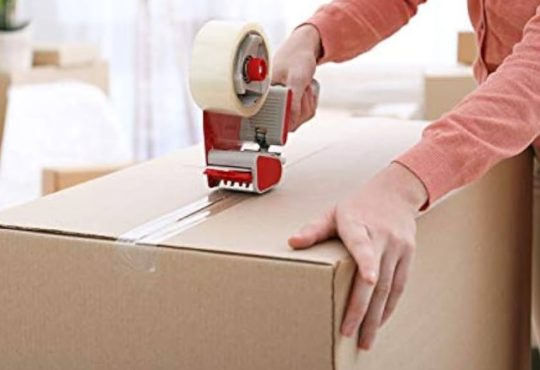
In today’s fast-paced world, packaging plays a pivotal role in product presentation, protection, and brand identity. Among the various packaging techniques, die-cutting has emerged as a standout method for creating boxes that not only serve their functional purpose but also make a visual statement. In this article, we explore the world of die cutting box, delving into its intricacies, applications, and why it has become a cornerstone in the packaging industry.
What is Die-Cutting?
Die-cutting is a precise and efficient method used to create custom shapes and designs in various materials, primarily paper and cardboard. It involves using a specialized tool, called a die, to cut, score, or crease the material into the desired shape. This technique is commonly used in the production of packaging boxes to create unique designs, windows, handles, and intricate patterns.
The Process of Die-Cutting Boxes
- Design and Prepress: The process begins with designing the box and its features. Modern technology allows for intricate designs, precise measurements, and custom shapes. Once the design is finalized, it’s converted into a digital file that guides the die-cutting machine.
- Die Creation: A die, which is essentially a custom-shaped cutting tool, is manufactured based on the design specifications. Dies can be made from various materials, including steel, wood, or rubber, depending on the complexity of the project and the materials being cut.
- Die-Cutting Machine: The die is mounted onto a die-cutting machine, which is equipped with rollers to feed the material (usually paperboard or corrugated cardboard) through the press. The machine exerts pressure to cut and crease the material according to the die’s pattern.
- Finishing Touches: After die-cutting, additional finishing processes such as folding, gluing, and printing can be applied to complete the packaging box. These steps ensure that the box is not only visually appealing but also functional and sturdy.
Advantages of Die-Cut Boxes
- Customization: Die-cutting allows for unparalleled customization. Businesses can create boxes that reflect their brand identity, incorporate unique shapes, and even design intricate windows or perforations to showcase the product inside.
- Product Visibility: Die-cut boxes are an excellent choice for products that need to be seen, such as cosmetics, electronics, or specialty foods. Windows can be added to provide a sneak peek, enhancing the product’s appeal.
- Structural Integrity: The precision of die-cutting ensures that the boxes are structurally sound. They are designed to fit the product snugly, providing protection during transportation and on the store shelf.
- Eco-Friendly Options: Die-cutting can be adapted to eco-friendly materials like recycled paper or cardboard, making it an environmentally responsible choice.
Applications of Die-Cut Boxes
- Retail Packaging: Die-cut boxes are widely used in retail to make products stand out on the shelf. Unique shapes and designs can help attract customers’ attention.
- Promotional Items: Businesses often use die-cut boxes for promotional purposes, creating attention-grabbing packaging for special events, holidays, or limited-edition products.
- Gift Boxes: Die-cut gift boxes add a touch of elegance to presents, making them more memorable for the recipient.
- Food Packaging: The food industry benefits from die-cut boxes with windows to showcase baked goods, chocolates, and other treats.
Conclusion
Die-cutting boxes is a versatile and creative process that has revolutionized the packaging industry. From custom designs to enhanced product visibility, die-cut boxes offer numerous advantages for businesses looking to make a lasting impression on their customers. As technology continues to advance, die-cutting will likely play an even more significant role in shaping the future of packaging, combining form and function in innovative ways. So, the next time you receive a beautifully crafted box, remember that behind its precision lies the art and science of die-cutting.







